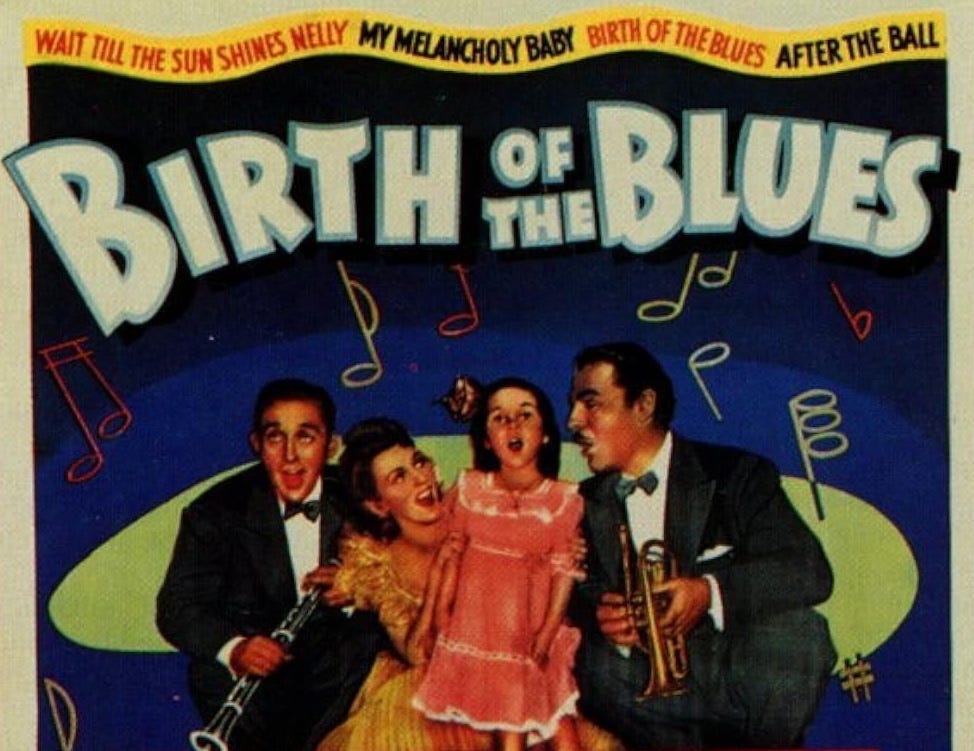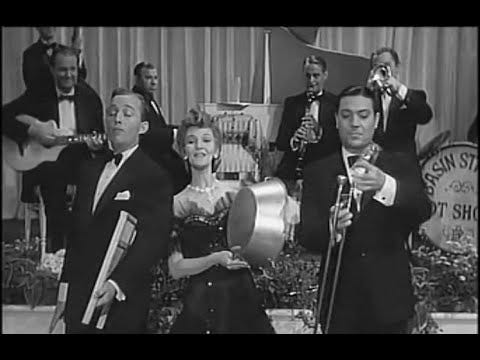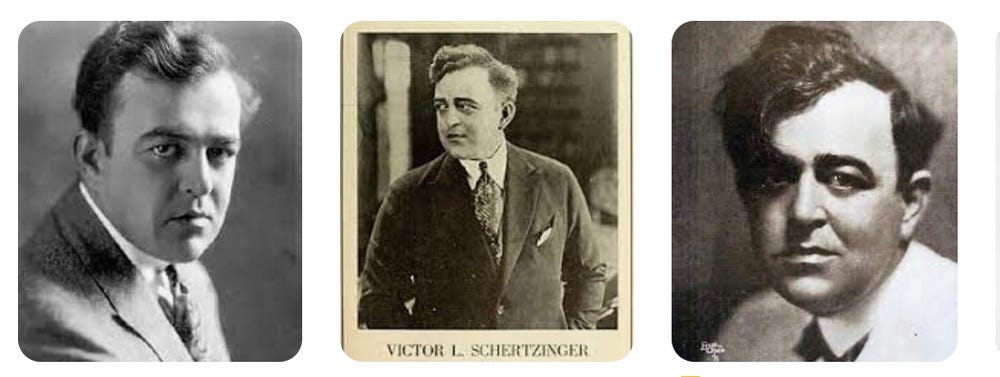In the single year of 1925, Tin Pan Alley composer Ray Henderson wrote three — count ‘em, THREE — classics in the great American songbook: “Bye Bye Blackbird,” “Has Anybody Seen My Girl?” (“…Five foot two, eyes of blues…”) and “I’m Sitting on Top of the World.”
Then in the next year, maybe just to show that he hadn’t shot his wad, Ray wrote one of his most memorable tunes — “Birth of the Blues” — with catchy lyrics by Buddy DeSylva and Lew Brown.
First the Song, Then the Movie
The song made the rounds — recorded in its debut year by Paul Whiteman and his orchestra, used in Broadway revues — but its real claim to fame came 15 years later when it was used as the title song of one of America’s beloved pre-World War II musicals.
Released exactly one month before the bombing of Pearl Harbor, Birth of the Blues was a joyous tribute to the roots of jazz in turn-of-the-century New Orleans. Its story is loosely based on the adventures of The Original Dixieland Jass Band.
A rollicking vehicle for Bing Crosby and Mary Martin, the film was nominated for an Oscar for Best Original Score, though most of the songs were not really new at all. Besides “Birth of the Blues,” the soundtrack included “St. Louis Blues,” “Georgia Camp Meeting,” “St. James Infirmary,” “Tiger Rag,” “Memphis Blues” and “Shine.”
Genuine Jazz
And what a soundtrack it was! It featured many memorable minutes of music by trombonist Jack Teagarden and his orchestra, often with Bing at the mike, belting out the lyrics.
The film was praised by the critics as a feel-good holiday treat in those first tremulous months of America’s entry into the war. In The New York Times, Bosley Crowther didn’t love the script, “but,” he added, “as a series of illustrated jam sessions and nifty presentations of songs and jokes, it is as pleasant an hour-and-a-half killer as the musically inclined could wish.”
“Obviously,” he added, “this little picture is not the ultimate saga of early jazz. But it begins to perceive the possibilities. As the 'cats' say, it takes more than it leaves."
A Schertzinger Legacy
Incidentally, director Victor Schertzinger — who had been making movies since 1917 — also was a musician and a notable composer. He is hailed in jazz circles for his 1940s compositions of “Tangerine” and “I Remember You,” both of which were included in the final Schertzinger film, The Fleet’s In.
Schertzinger died at 53 from a heart attack in October 1941, less than two weeks before the release of his Birth of the Blues.
Our Take on the Tune
“Birth of the Blues” is one of a number of new tunes in our repertoire that we’ve got prepared for our latest gig at Sal’s Speakeasy in Ashland, Ky., tomorrow night.
Come out and party with us. We play from 6 to 9.
Here’s a take on the tune from a recent rehearsal in which you’ll hear Jack and Charlie laying down the rhythm, leaving plenty of room for solos by Danny, Sam and Randy.
Meanwhile….
If you’d like more songs of this stripe, be sure to tune into the free Swing Channel on our music streaming service, Radio Floodango. Click here to give it a spin!





















Share this post